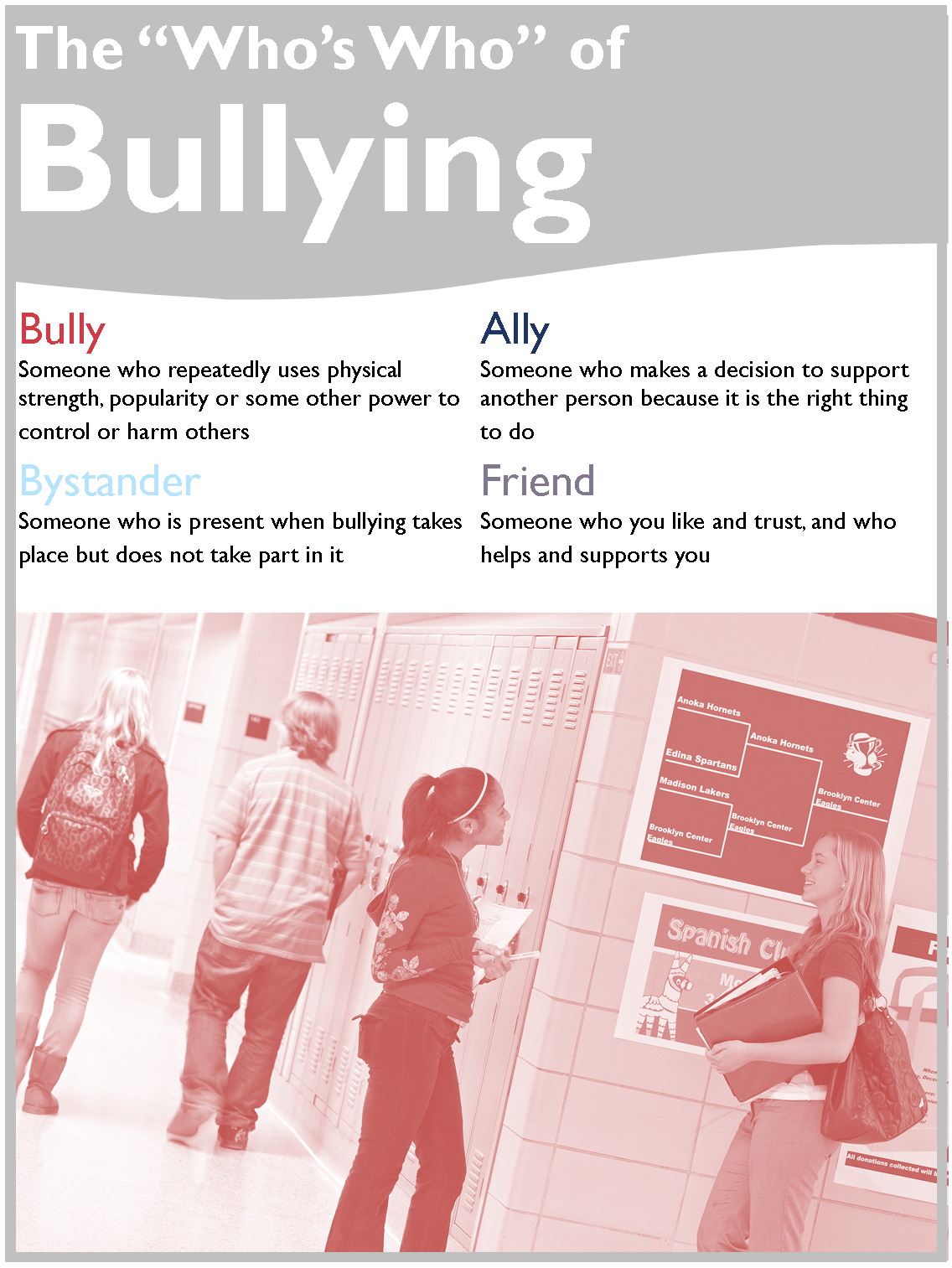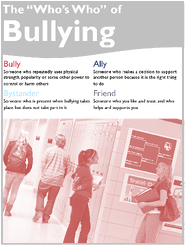By: Lindsey Graff on October 29th, 2013
How I Talk to Students About Bullying Prevention & Awareness – Part I
VariQuest is excited to open our blog to educators across the country who are interested in sharing their ideas, stories and opinions with our network of teachers, administrators and more. If you have something you would like to share, please let us know! Email your ideas to variquest@variquest.com.
One way to address National Bullying Prevention and Awareness Month is to educate students on what it means to be a bully, bystander, ally and friend. In my classroom, we dedicate time during the first few months of school to defining these terms and discussing why it is important to be an ally.
I integrate these terms into class discussions when we discuss the Student Code of Conduct. We spend time talking about the school’s policy on bullying, as well as the steps a student can take if he or she feels like a victim of bullying. We also read a set of related short stories about relationships with friends, family members and classmates, and identify the characters in the story who play the role of the bully, bystander, ally and friend.
When we have had a chance to define each of these terms informally through class discussions, I post the definition for each term:
- Bully: someone who repeatedly uses physical strength, popularity or some other power to control or harm others
- Bystander: someone who is present when bullying takes place but does not take part in it
- Ally: someone who makes a decision to support another person because it is the right thing to do
- Friend: someone who you like and trust, and who helps and supports you
Once these definitions are formalized, I look for opportunities to compliment students when they are working well with each other or when they help each other out in some small way. One way that we can be allies is to help each other reach academic success.
We also share learning strategies (for example, how they study for tests or how they remember to complete their homework and turn it in) with each other. By helping students to identify these situations, they become more aware of potential situations in which they could be an ally and begin to consciously make decisions to support their classmates.
It could be helpful to make this process more visible to students. One way to do this would be to create a bulletin board titled, “Ally All-stars” and have students write down an example of a time when they have been an ally on a star cutout and post it on the bulletin board. Before you know it, you will have a board full of ways to help support each other’s learning in your classroom.
By focusing attention on the behavior that we want to see, it helps keep our classroom environment positive. In our classroom, we don’t spend a lot of time talking about bullying because it rarely has a chance to rear its ugly head.
Want to learn more about how you can create visual aids and activities to foster a culture of bullying prevention in your school? Request a no-obligation demonstration with one of our expert education consultants today to learn more!
Julia Cremin

Julia Cremin is a 6th grade Reading, Language Arts and Math teacher at O'Keeffe Middle School in Madison, WI. She is certified in Elementary Education (grades 1-9) with a minor in Mathematics. This is her third year teaching middle school.



